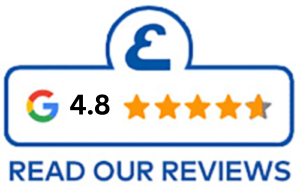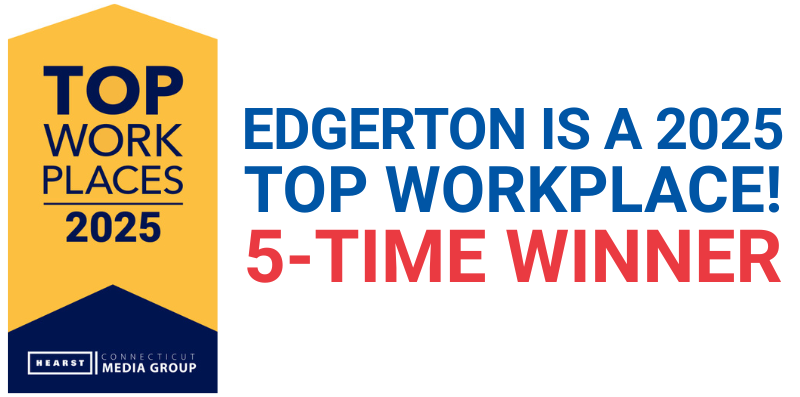Published by Edgerton Inc. | HVAC Experts
The Annual Shock of the Heating Bill
 Every year it happens: temperatures drop, the heat kicks on, and your energy bill suddenly skyrockets. You’re not imagining it — and it’s not just inflation or “the weather.” The real culprits are hidden inside your home and HVAC system.
Every year it happens: temperatures drop, the heat kicks on, and your energy bill suddenly skyrockets. You’re not imagining it — and it’s not just inflation or “the weather.” The real culprits are hidden inside your home and HVAC system.
The good news? You can take control right now. We’ll break down the five biggest reasons heating costs surge each fall — and give you simple, proven actions that actually lower your bills. No buzzwords. No fake “energy hacks.” Just facts, data, and HVAC logic that work anywhere in the country.
1. Skipping Maintenance = Higher Bills, Every Time
If you can’t remember the last time your furnace or heat pump was serviced, that’s problem #1.
Dust buildup, clogged filters, and worn parts force your system to run longer to reach the same temperature — which directly drives up your utility bills. Even a slightly dirty filter can increase energy use by up to 15%.
What to do:
- Change your air filter every 3 months (monthly if you have pets or allergies).
- Schedule a professional HVAC tune-up before winter.
- Ask the tech for a full efficiency report — most people never see how much money they’re losing to maintenance neglect.
2. Your Thermostat Settings Might Be Sabotaging You
Even smart thermostats waste money if they’re set incorrectly. Many homeowners crank the heat out of habit, not comfort — and it adds up fast.
Try this instead:
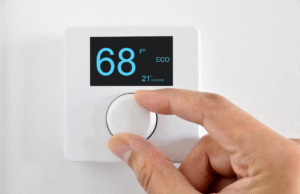 Keep the thermostat around 68°F while you’re home and awake.
Keep the thermostat around 68°F while you’re home and awake.- Drop it to 62–65°F when you’re asleep or away.
- Avoid drastic temperature swings — it won’t heat the house faster, it’ll just burn more fuel.
- Upgrade to a smart thermostat if yours is over 10 years old.
Pro Tip: A smart thermostat can save the average homeowner 8–10% per year on heating and cooling costs.
3. Air Leaks & Poor Insulation: The Silent Energy Thieves
You can have the best furnace in the world, but if your home leaks air, you’re throwing money straight out the window — literally.
Unsealed ductwork, drafty windows, and thin attic insulation can cause 25–40% of your heat to escape. That’s like paying for four tanks of gas and spilling one before you even drive.
Quick fixes:
- Seal around windows and doors with caulk or weatherstripping.
- Close fireplace dampers when not in use.
- Add insulation to attics, crawl spaces, and ductwork if they’re exposed.
- Seal visible duct leaks using HVAC-rated foil tape.
4. Your HVAC System Might Be Outdated (and Draining Cash)
If your furnace is 10–15 years old, it’s already far less efficient than modern systems. Even if it “still works,” you’re paying extra every month to keep it running.
Today’s ENERGY STAR-rated furnaces and heat pumps can operate 20–30% more efficiently than older units — and often qualify for rebates or tax credits.
Signs it’s time to upgrade:
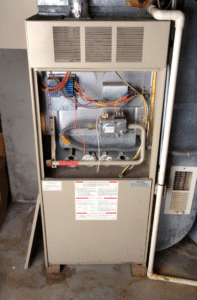 Uneven heating throughout the house.
Uneven heating throughout the house.- Constant repairs or loud cycling.
- High bills despite “working fine.”
- Visible rust or cracks around the unit.
Replacing an outdated system isn’t cheap, but it’s one of the best long-term investments for comfort and efficiency.
5. Indoor Air Quality Affects Efficiency (and Your Comfort)
Low humidity and dirty indoor air don’t just make you uncomfortable — they make your heating system less effective.
Dry air makes you feel colder, so you raise the thermostat unnecessarily. Meanwhile, clogged filters and dust restrict airflow, forcing your furnace to work harder.
Simple improvements that pay off:
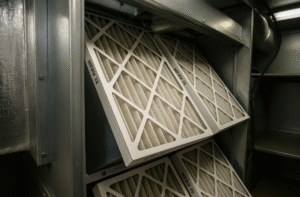 Replace air filters regularly.
Replace air filters regularly.- Consider a whole-home humidifier to keep humidity around 30–50%.
- Have ducts cleaned or inspected every few years.
- Add an air purifier or upgraded filter to boost air quality and system performance.
Bonus Tip: Don’t Wait Until Winter to Act
When that first real cold snap hits, HVAC companies get flooded with emergency calls. Repairs take longer, prices surge, and comfort takes a nosedive.
The best time to schedule maintenance or upgrades is right now — before the season fully hits. You’ll beat the rush, get better pricing, and walk into winter confident your system is running at peak efficiency.
The Bottom Line
Your heating bill didn’t spike by accident — but you don’t have to accept it as the “new normal.”
By maintaining your system, optimizing thermostat settings, sealing leaks, upgrading aging equipment, and improving air quality, you can cut costs significantly while staying warm all winter long.
Small, consistent improvements lead to major savings over time — and your wallet (and comfort) will thank you.

